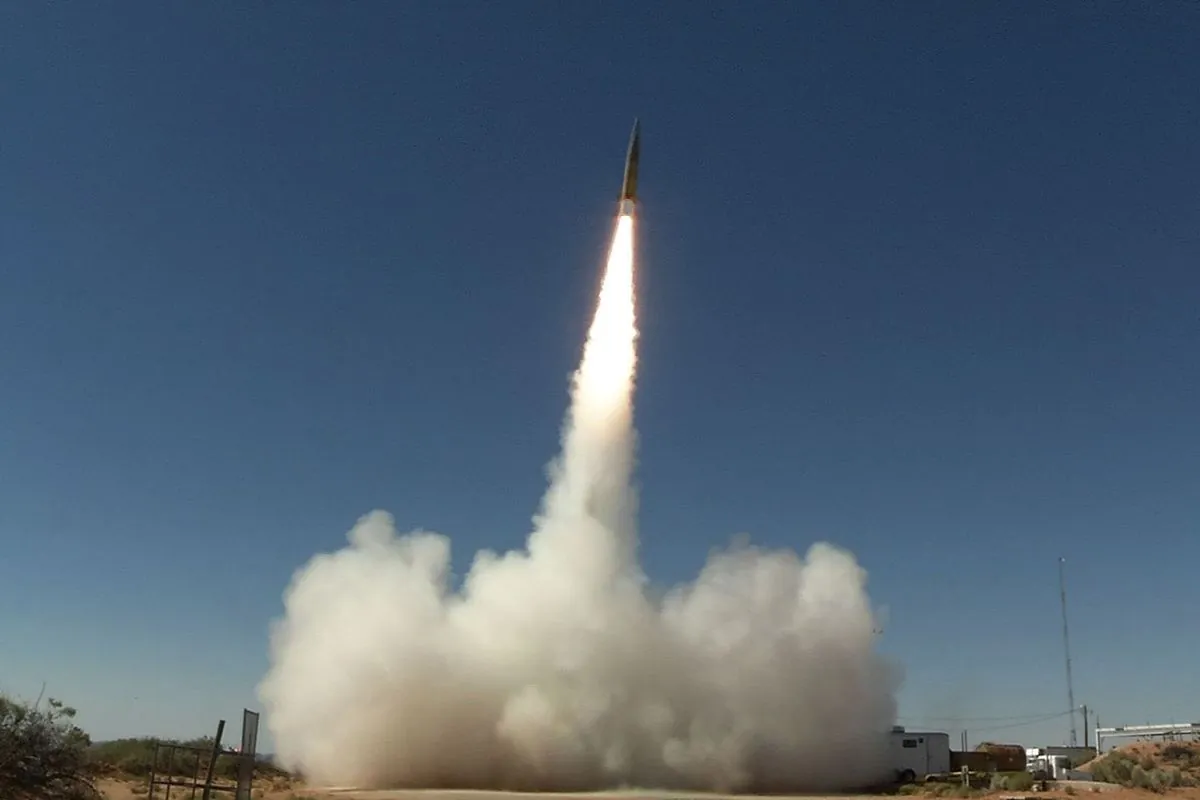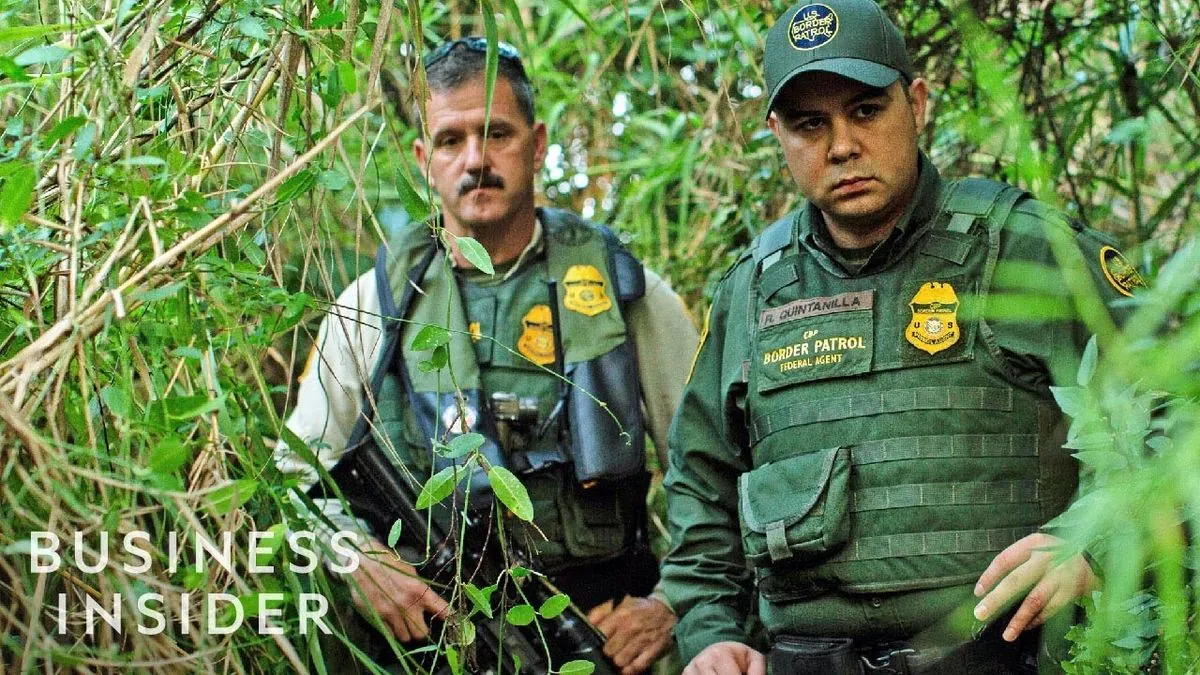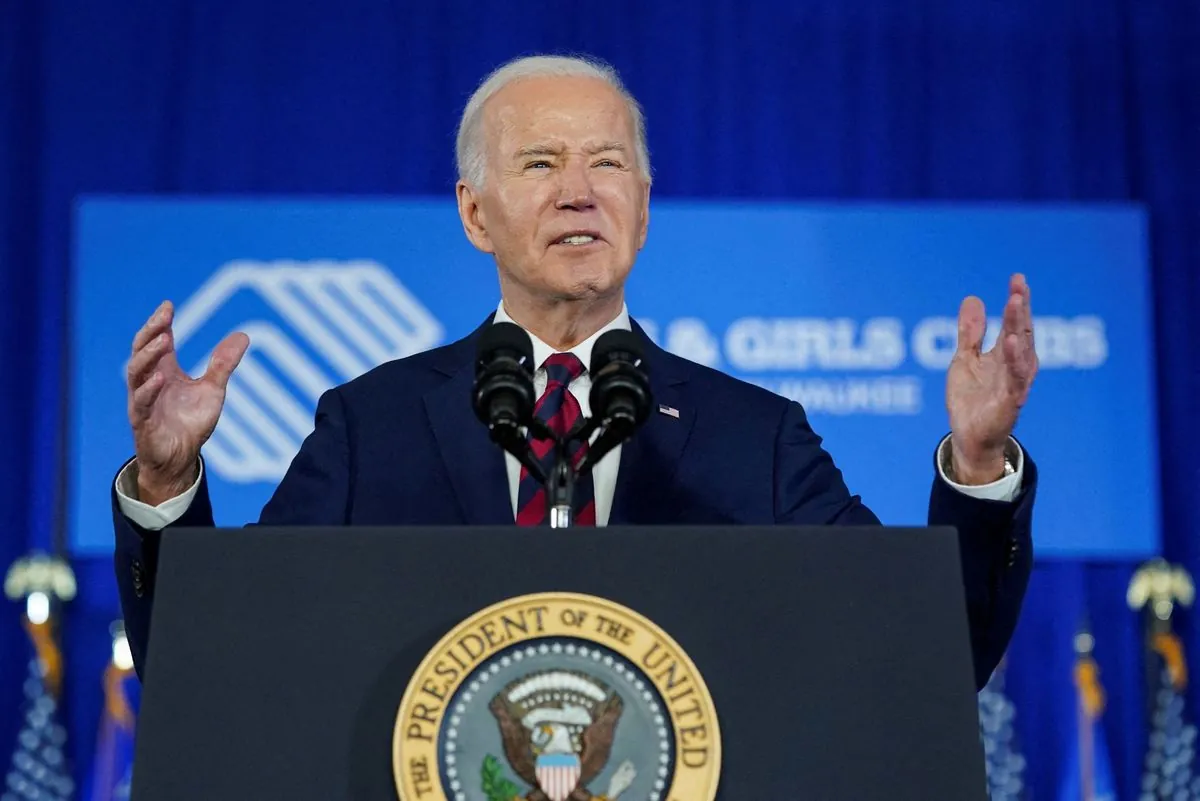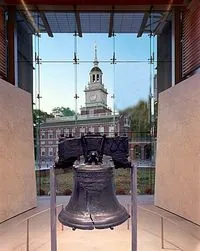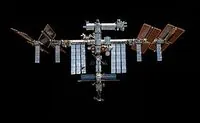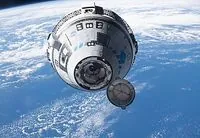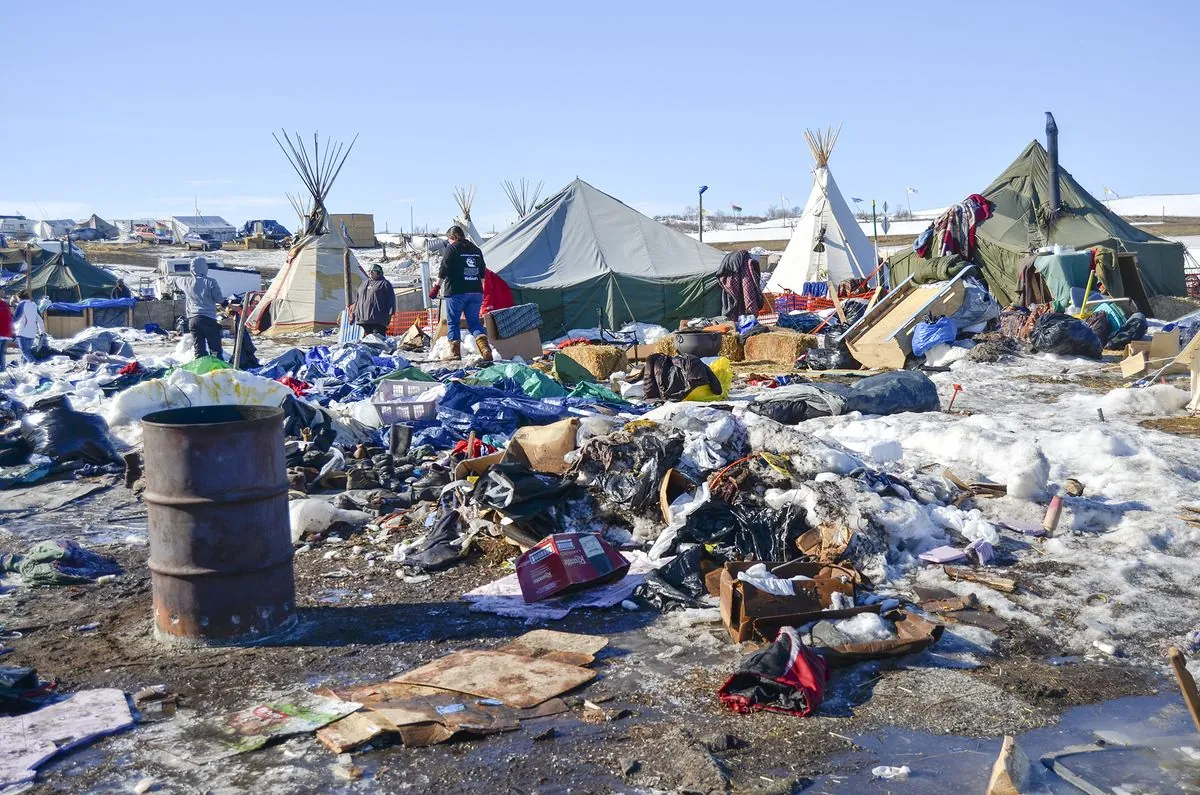Grand Canyon's Water Crisis: Pipeline Breaks Disrupt South Rim Visits
Grand Canyon National Park faces water supply challenges due to pipeline breaks. Overnight stays at South Rim hotels cancelled through Labor Day as $208 million rehabilitation project begins.
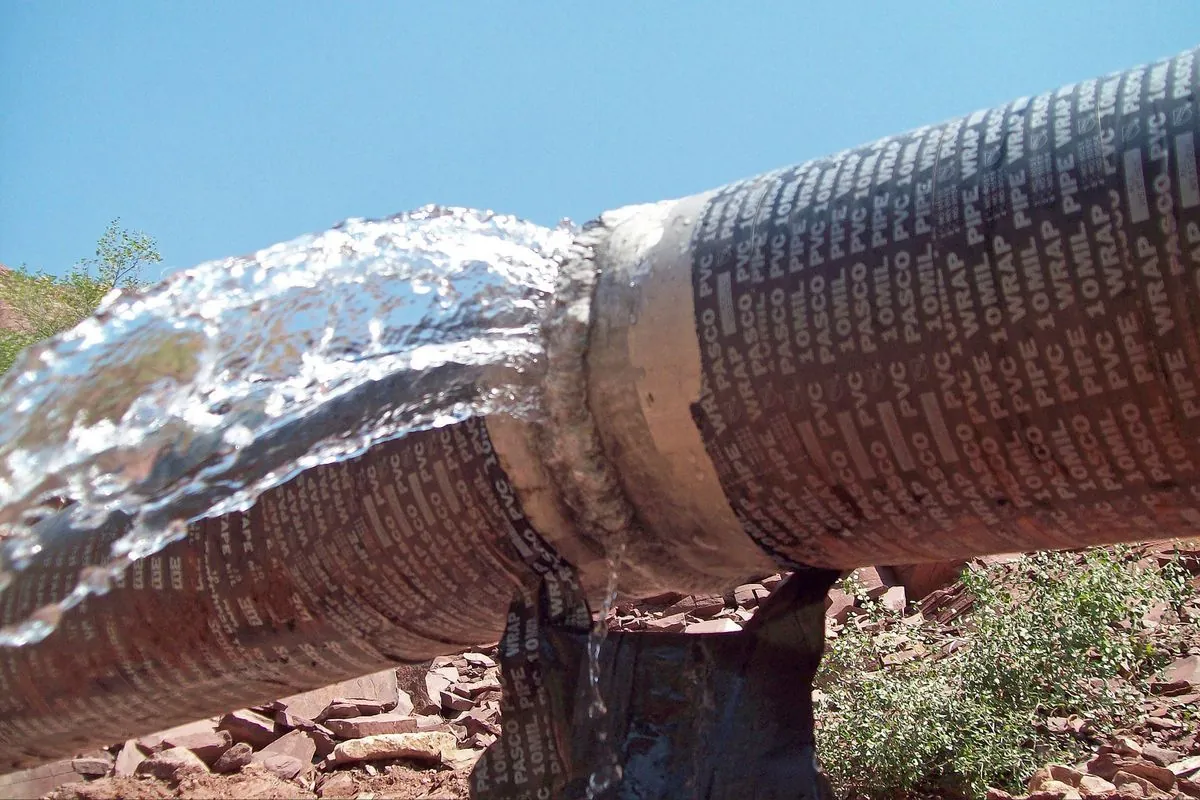
The Grand Canyon National Park is currently grappling with a significant water supply challenge. Four major breaks in the Transcanyon Water Distribution Pipeline have led to the cancellation of overnight stays in South Rim hotels through the Labor Day holiday of 2024. This situation highlights the ongoing struggle with aging infrastructure in one of America's most iconic natural landmarks.
The Transcanyon Waterline, a crucial 12.5-mile (20-kilometer) pipeline, was constructed in the 1960s. It serves as the primary water source for approximately 2,000 year-round residents of Grand Canyon Village, park staff, and millions of annual visitors. The pipeline draws water from Roaring Springs on the North Rim, transporting it to the Havasupai Gardens pump station and then to the popular South Rim.
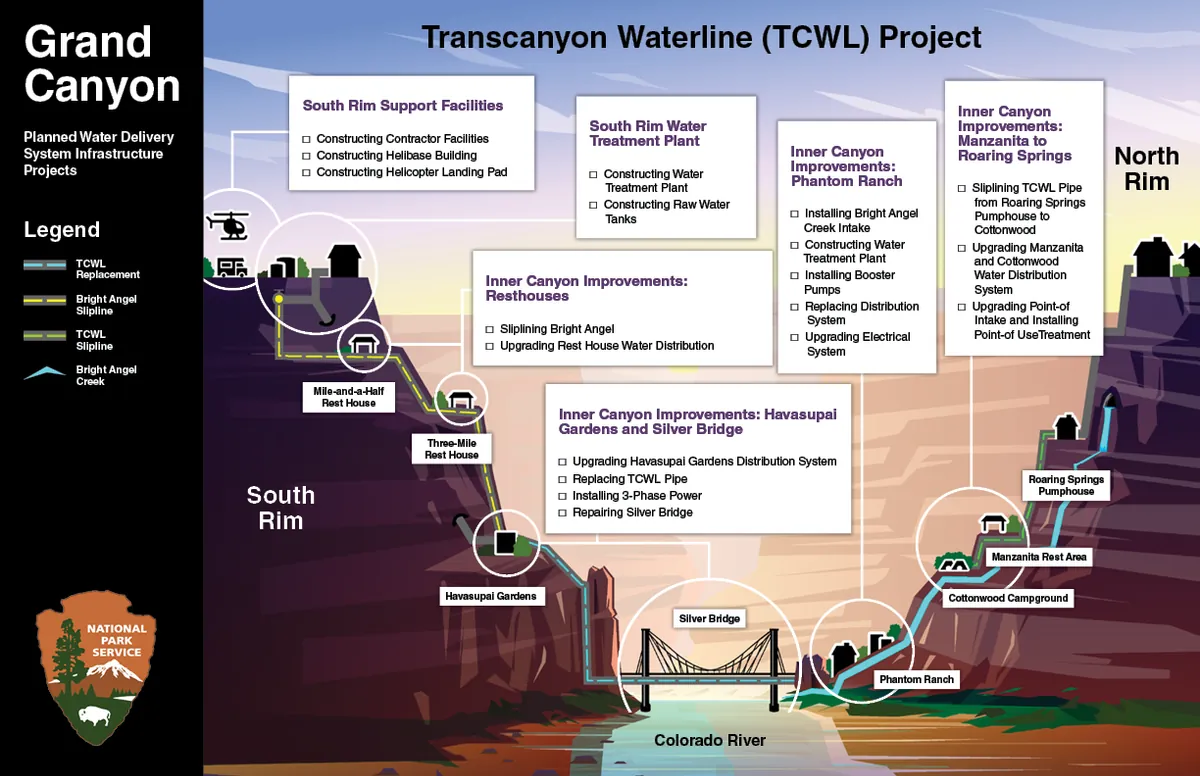
This vital infrastructure provides drinking water and fire suppression for all facilities on the South Rim, including over 800 historic buildings. The pipeline's importance is underscored by the fact that the Grand Canyon attracts about 5 million visitors annually, making it one of the most visited national parks in the United States.
However, the pipeline's aluminum construction, combined with its winding path through rocky terrain, makes it susceptible to frequent breaks and leaks. The gritty water flowing through the pipeline scars its interior, creating weak spots. Each repair costs an average of $25,000, placing a significant financial burden on the park's maintenance budget.
The North Rim's steel pipeline, dating back to the 1930s, faces its own set of challenges. Exposed to the elements, it's vulnerable to rock falls and freezing during winter months. A notable incident occurred in 2017 when a rockslide damaged the North Rim pipeline, resulting in a $1.5 million repair over two weeks.
"The Transcanyon Waterline has exceeded its expected lifespan and experiences frequent failures. Since 2010, there have been more than 85 major breaks that have disrupted water delivery."
To address these ongoing issues, the National Park Service has recently initiated a $208 million rehabilitation project. This comprehensive upgrade of the waterline and associated water delivery system is expected to be completed by 2027. The project aims to ensure a more reliable water supply for the park's residents, staff, and millions of visitors.
It's worth noting that the Grand Canyon's geological and ecological significance extends far beyond its water infrastructure challenges. The canyon's rock layers represent about 2 billion years of Earth's geological history, making it a treasure trove for scientists and geologists. Additionally, the park is home to over 1,500 plant species, 355 bird species, and 89 mammal species, showcasing its incredible biodiversity.
As the rehabilitation project progresses, visitors to the Grand Canyon can still enjoy day trips and marvel at the park's natural wonders. The Grand Canyon remains one of the Seven Natural Wonders of the World, offering a unique glimpse into Earth's history and the power of natural forces in shaping our planet's landscape.



